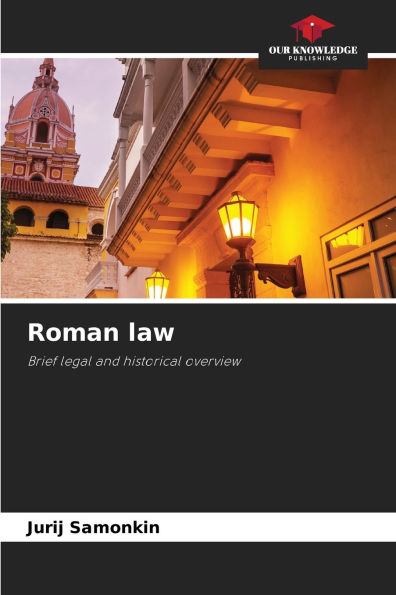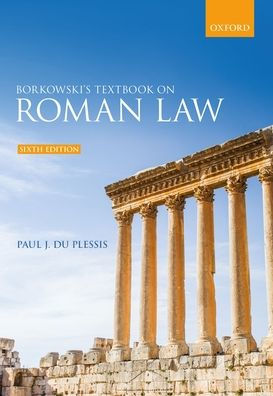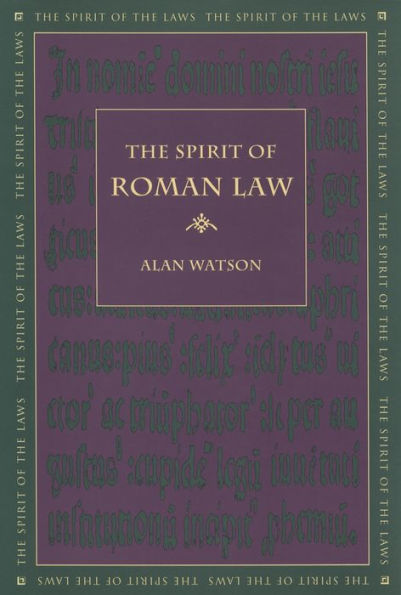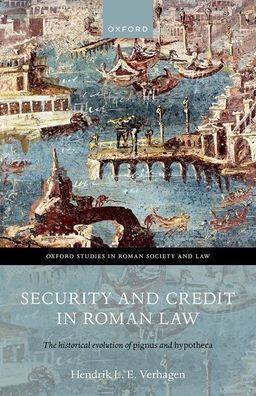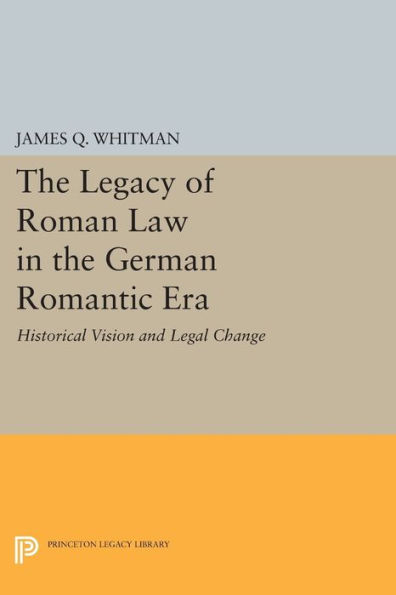Home
Family and Familia in Roman Law and Life
Barnes and Noble
Loading Inventory...
Family and Familia in Roman Law and Life
Current price: $280.00

Barnes and Noble
Family and Familia in Roman Law and Life
Current price: $280.00
Loading Inventory...
Size: OS
*Product information may vary - to confirm product availability, pricing, shipping and return information please contact Barnes and Noble
Ancient Roman families were very diverse, of course, but the basis of Roman civil law was the
familia
, a strictly defined group consisting of a head, called a
paterfamilias
, and his descendants in the male line. Recent work on the Roman family mainly ignores the
, examining instead such matters as emotional relationships within families, the practical effects of control by a
, and demographic factors producing families which did not fit the
pattern. Gardner investigates the complex relationship that existed between family and
, illustrating in particular how families exploited the legal rules for their own endsand disrupted the
by use of emancipation (release from
patria potestas
) and adoption. She also traces legal responses to the effects of verious demographic factors, which gave increased importance to maternal connections, and to social effects, such as the troubles ex-slaves faced in conforming to the
pattern.
familia
, a strictly defined group consisting of a head, called a
paterfamilias
, and his descendants in the male line. Recent work on the Roman family mainly ignores the
, examining instead such matters as emotional relationships within families, the practical effects of control by a
, and demographic factors producing families which did not fit the
pattern. Gardner investigates the complex relationship that existed between family and
, illustrating in particular how families exploited the legal rules for their own endsand disrupted the
by use of emancipation (release from
patria potestas
) and adoption. She also traces legal responses to the effects of verious demographic factors, which gave increased importance to maternal connections, and to social effects, such as the troubles ex-slaves faced in conforming to the
pattern.
Ancient Roman families were very diverse, of course, but the basis of Roman civil law was the
familia
, a strictly defined group consisting of a head, called a
paterfamilias
, and his descendants in the male line. Recent work on the Roman family mainly ignores the
, examining instead such matters as emotional relationships within families, the practical effects of control by a
, and demographic factors producing families which did not fit the
pattern. Gardner investigates the complex relationship that existed between family and
, illustrating in particular how families exploited the legal rules for their own endsand disrupted the
by use of emancipation (release from
patria potestas
) and adoption. She also traces legal responses to the effects of verious demographic factors, which gave increased importance to maternal connections, and to social effects, such as the troubles ex-slaves faced in conforming to the
pattern.
familia
, a strictly defined group consisting of a head, called a
paterfamilias
, and his descendants in the male line. Recent work on the Roman family mainly ignores the
, examining instead such matters as emotional relationships within families, the practical effects of control by a
, and demographic factors producing families which did not fit the
pattern. Gardner investigates the complex relationship that existed between family and
, illustrating in particular how families exploited the legal rules for their own endsand disrupted the
by use of emancipation (release from
patria potestas
) and adoption. She also traces legal responses to the effects of verious demographic factors, which gave increased importance to maternal connections, and to social effects, such as the troubles ex-slaves faced in conforming to the
pattern.
